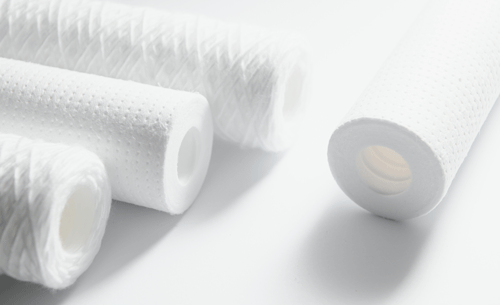Product added to cart
23July
23July

23July
23July
Understanding Reverse Osmosis Equilibrium Effect and TDS Creep: A Layman's Guide
Reverse osmosis (RO) is a popular water purification method that uses a semi-permeable membrane to remove impurities from water. However, it's important to be aware of two crucial concepts associated with RO systems: the Reverse Osmosis Equilibrium Effect and Total Dissolved Solids (TDS) Creep. In this blog post, we will explore these concepts in simple terms, helping you better understand how they affect the performance of your RO system.
What is Reverse Osmosis?
Reverse osmosis is a water treatment process that removes contaminants by passing water through a membrane, allowing only pure water molecules to pass while blocking impurities such as dissolved salts, chemicals, and microorganisms. It's a highly effective method for producing clean and safe drinking water.
Understanding Reverse Osmosis Equilibrium Effect:
The Reverse Osmosis Equilibrium Effect refers to a phenomenon that occurs when water molecules pass through...